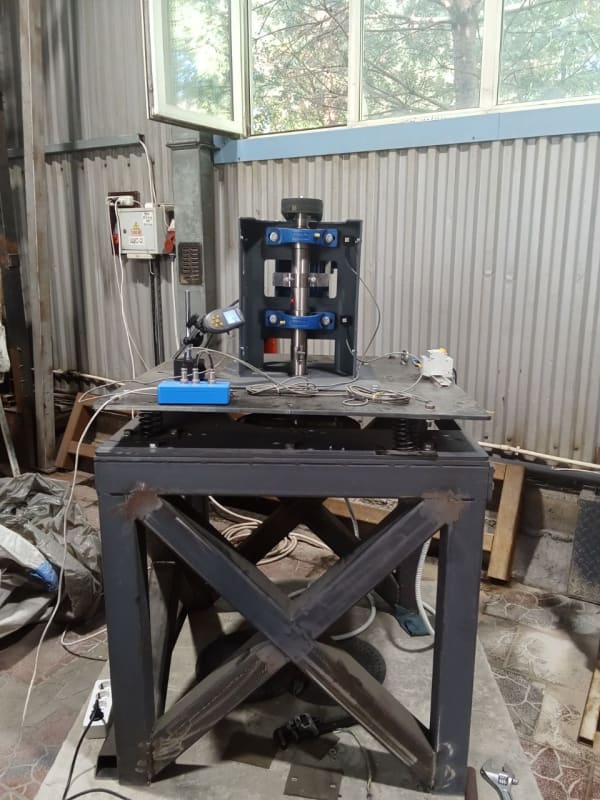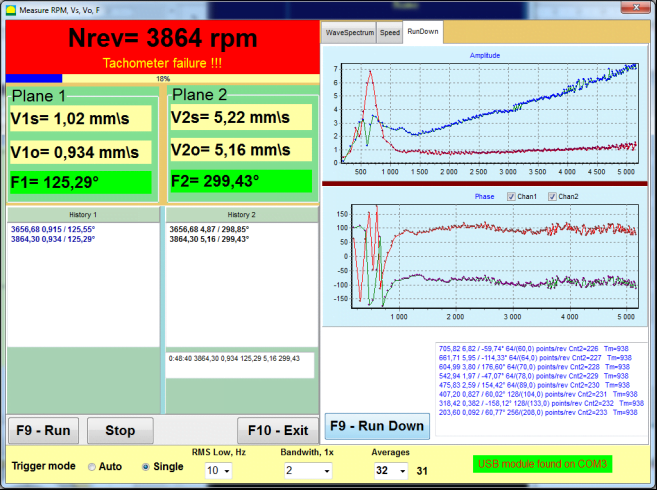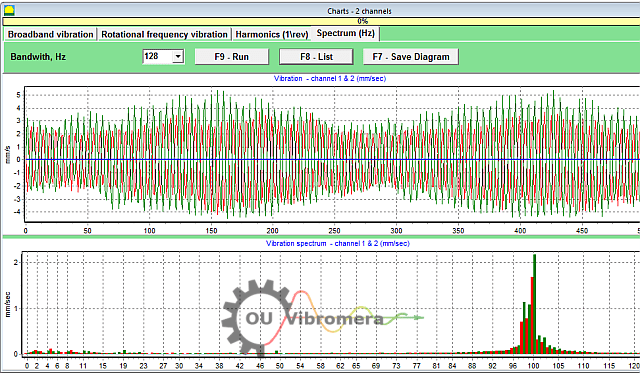9.5.1.1 Resilient mounting.
The natural frequency of the support system and motor under test shall be lower than 33 percent the frequency corresponding to the lowest rotational frequency of the motor.
Use this chart to get an idea of how squishy an isolation mount must be for a system resonant frequency less than .33X the motor rotational frequency.
A nice practical description of vibration isolation, including the perils of rotating equipment not mounted on grade, but on a mezzanine or 2nd floor.
General isolator design suggests the isolators should be up around the the same plane as the horizontal shaft equipment CG so the modes primarily will be translational, and not rocking, yawing etc modes at unexpected frequencies.
achieving that with your vertical shaft motor would likely require carefully engineered pedestals and a basket or scoop mount.
To evaluate your vertical motor's simplest unbalance vibration response I believe you'd want the motor to be able to translate horizontally on the mounts.
Real isolators are flexible in 3 directions.
Might use studs bonded to each side of a rubber biscuit.
If through bolts are used, there must be no metal-to-metal contact, and tightening the bolts must not overly compress the rubber.
Here is one method -
If a component directly bolted to a rubber pad the upward vertical stiffness is the very high stiffness of the bolt.
The vertical downward stiffness is that of the rubber pad. If the preload of the tightened bolt is sufficient, the there will be no vertical deflection until the applied force exceeds the preload.



